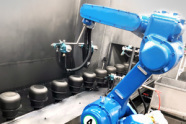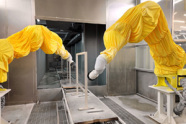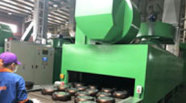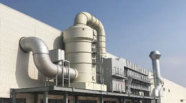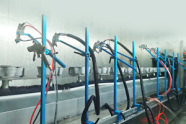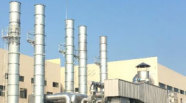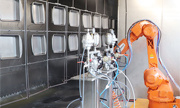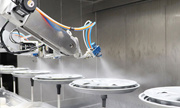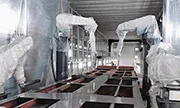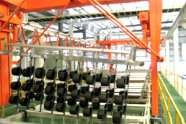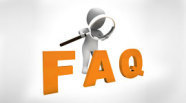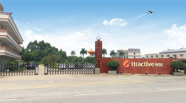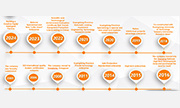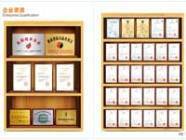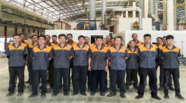Related News
20
2025
-
06
Must-Read for Procurement: Pitfall Avoidance Guide for Custom Non-Standard Painting Lines
Author:
Chuangzhi Coating
In the rapid development of today's manufacturing industry, custom non-standard painting lines have become crucial equipment for enhancing product appearance quality and production efficiency, with increasing customization demands. However, faced with a myriad of suppliers on the market and complex technical parameters, how to avoid pitfalls in the procurement process and ensure that non-standard painting lines meet actual needs and operate efficiently has become the focus of attention for numerous enterprises. As a painting line equipment manufacturer with 30 years of experience, we hereby present this "Pitfall Avoidance Guide for Custom Non-Standard Painting Lines," aiming to help buyers navigate the customization process with fewer detours and ensure the smooth implementation of projects.
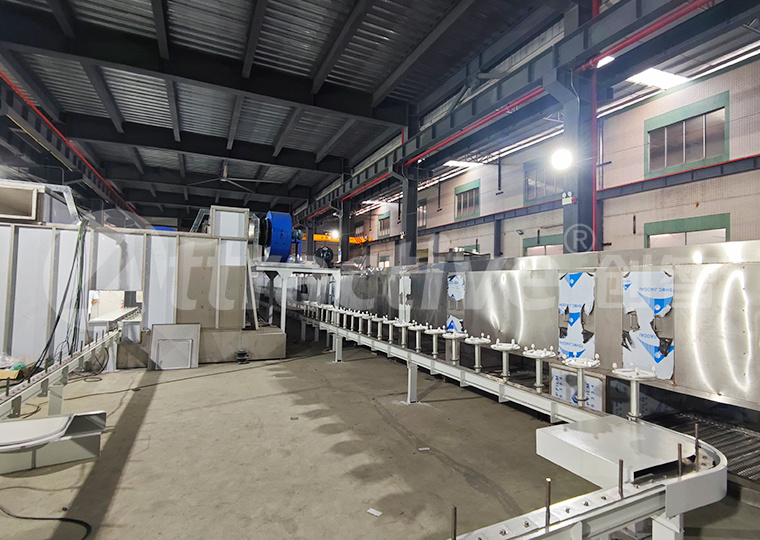
I. Clarify Needs and Precisely Position
The customization of non-standard painting lines begins with clarifying needs. Enterprises should list key indicators such as functional requirements, production capacity targets, and automation levels for the painting line based on their product characteristics, production process requirements, and future development plans. Meanwhile, considering cost control, a reasonable budget range should be set to avoid resource waste caused by blindly pursuing high-end configurations.
II. Select Optimal Suppliers and Assess Capabilities
Choosing an experienced supplier with strong technical expertise is crucial for the success of custom non-standard painting lines. Buyers should comprehensively evaluate a supplier's industry position and technical level by consulting its historical performance, customer evaluations, technical patents, and other information. An on-site inspection of the supplier's production base, R&D team, and after-sales service system is indispensable, as it helps gain an intuitive understanding of the supplier's true capabilities and service abilities.
III. Conduct In-Depth Communication and Refine the Plan
In-depth communication with suppliers to ensure that the design plan fully meets actual needs is crucial. Buyers should provide detailed product samples, process drawings, and technical requirements, collaborating with suppliers to explore and formulate an optimized painting line plan. During the planning phase, attention should be paid to details such as the stability of the conveying system, the accuracy of spray equipment, and the environmental performance of waste gas treatment systems, ensuring that each link achieves the expected results.

IV. Sign Contracts and Clarify Rights and Responsibilities
Before signing a formal contract, buyers should carefully read the contract terms, clarifying the rights and obligations of both parties, especially regarding delivery dates, quality standards, after-sales service, and liability for breach of contract. Additionally, it is advisable to include key content such as design plans, technical parameters, and acceptance criteria as contract attachments, ensuring a basis for project execution and reducing the risk of disputes.
V. Conduct Strict Acceptance and Ensure Quality
The acceptance stage cannot be overlooked after the customization of non-standard painting lines. We have summarized the following five acceptance criteria: first, stable equipment performance with no faults during continuous operation; second, painting effects that meet design requirements and product quality standards; third, a high degree of automation, ease of operation, and maintainability; fourth, environmental compliance with effective operation of waste gas and wastewater treatment systems; and fifth, comprehensive after-sales service with timely support within the warranty period promised by the supplier. Buyers should organize a professional team to conduct a comprehensive acceptance based on these criteria, ensuring that the painting line can be successfully commissioned and deliver the expected benefits.
In summary, customizing non-standard painting lines is a systematic project requiring buyers to participate throughout the process from clarifying needs, selecting suppliers, designing plans, signing contracts, to the acceptance stage, with strict control. Only by being meticulous can buyers effectively avoid pitfalls in the procurement process and ensure that non-standard painting lines become a powerful weapon for enhancing corporate competitiveness.
Previous

